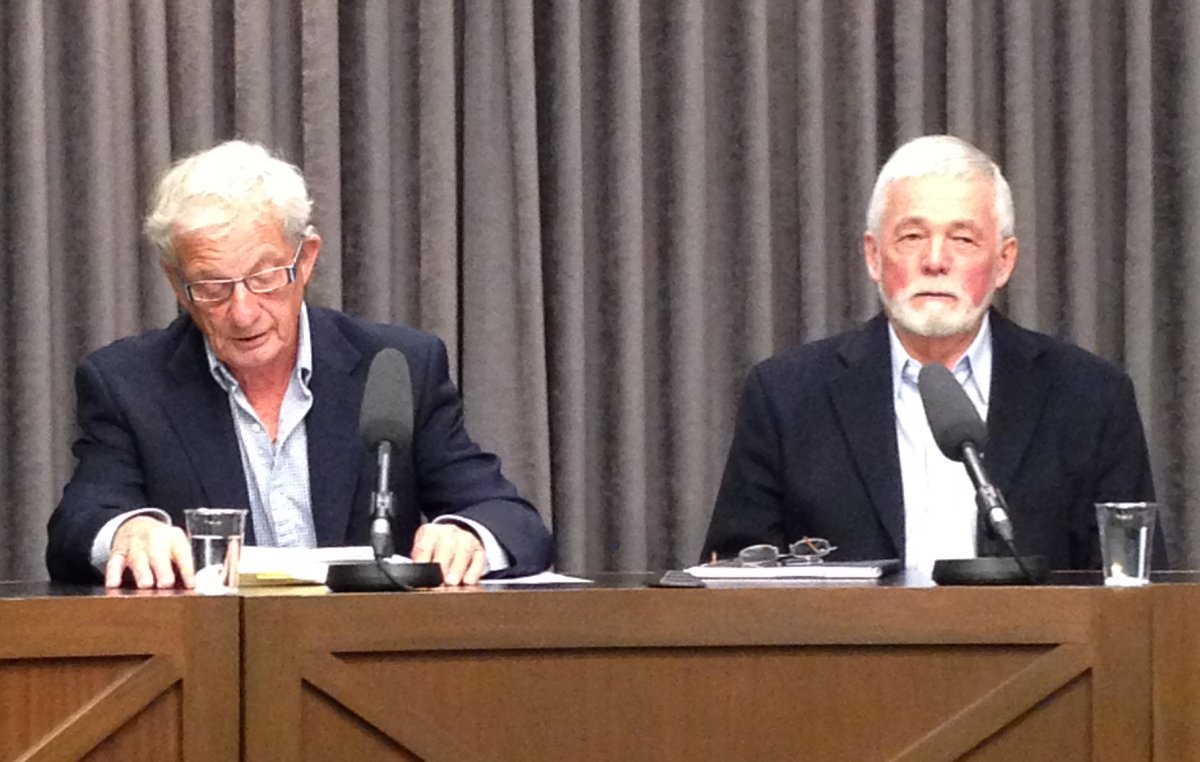WINNIPEG – New building rules and flood protection measures could soon be part of lake life in Manitoba.

A task force reviewing the events of the 2011 flood on Lake Manitoba and Lake St. Martin released its findings to the minister today.
The report to Infrastructure and Transportation Minister Steve Ashton includes recommendations creating designated flood areas around Lake Manitoba and Lake St. Martin.
“Most Manitobans, including those living around the lakes, recognize that the flooding that occurred in 2011 cannot be ignored, and actions are now required to better ensure that the kind of devastation experienced on the ground in 2011 is not repeated for future generations,” the report says.

Get daily National news
Current one-in-100-year flood-protection levels are too low, the report says. The committee recommends the flood protection level be based on a one-in-200-year flood event.
It also suggests the Manitoba government start looking at Lake Manitoba and Lake St. Martin as one unit because events on one of the bodies of water impact the other.
The committee included a retired engineer, First Nations leaders, farmers, municipal officials and a biologist from the University of Manitoba.
The emergency outlet channel in Lake St. Martin should be made permanent, the report says, citing ”overwhelming interest and demand for an additional outlet to Lake Manitoba.”
The committee commissioned a land-use planning study to help it make recommendations on land policies and zoning criteria, one of the committee’s core tasks.
“Land-use planning, when done properly, can make life for future generations much better,” the report states. Added balance among “… ecological, cultural, historical, and aesthetical values with economic development” is needed, it says.
Committee members included a retired engineer, First Nations leaders, farmers, municipal officials and a biologist from the University of Manitoba.
- After controversial directive, Quebec now says anglophones have right to English health services
- Cineplex slapped with record $38.9M fine over online booking fee
- Michael Kovrig reflects on ‘brutally hard’ Chinese detention: ‘You’re totally alone’
- U.S. moves to ban Chinese software, hardware from all vehicles in America








Comments